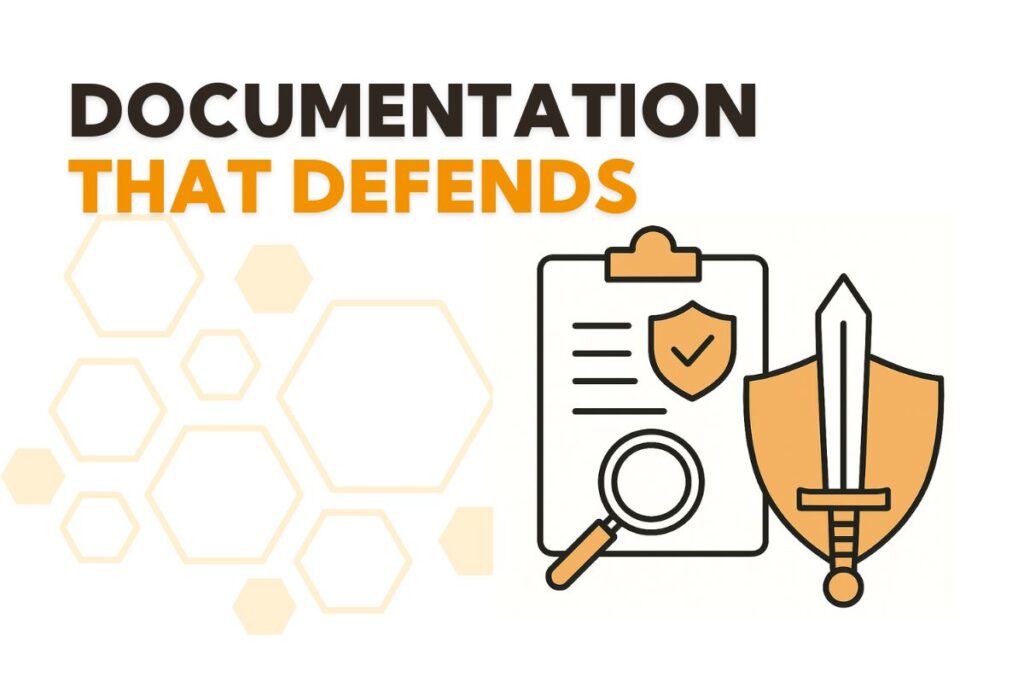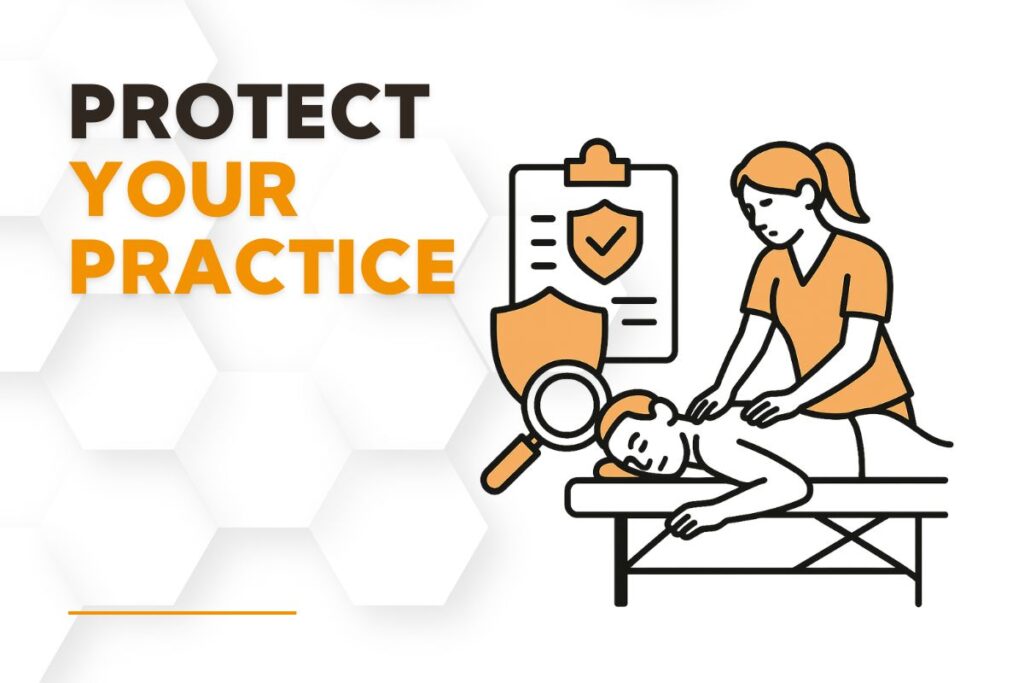Insurance audit massage therapy documentation is becoming a growing concern for massage clinic owners who rely on efficiency tools to manage their workload. With regulatory guidance lagging behind modern practice workflows, therapists are left wondering: Are my notes compliant? Will I pass an audit?
Why Documentation Matters More Than Ever
Massage therapists have always known that accurate documentation protects their clients and their business. But in recent years, audits have become more frequent and less predictable. If a clinic’s documentation doesn’t meet expectations—whether due to missing details or questionable formatting—insurance reimbursement can be denied.
For many, this is where the tension begins. A therapist might complete SOAP notes at the end of a long day, using pre-saved phrases or support tools to speed things up. It’s efficient, but can easily raise flags in an audit if the records appear too similar or lack personalization. When it comes to insurance audit massage therapy documentation, anything that seems templated or rushed may be questioned.
The Problem With Regulatory Gaps
Despite advances in healthcare technology, most massage therapists are still operating in a legal gray area. Current laws and board regulations often fail to address the use of workflow tools in clinical documentation. There are no universal guidelines for what constitutes therapist-approved records when automation is involved.
This lack of clarity leaves therapists vulnerable. If an audit occurs, it’s the provider—not the tool—that’s held responsible. Your notes must clearly show your involvement and clinical intent, regardless of how they were written. As a result, insurance audit massage therapy documentation must be approached with caution and care.

Common Audit Triggers in Massage Documentation
Therapists often ask why their documentation might be flagged. While reasons vary, certain patterns are more likely to raise concerns. Notes that look copy-pasted, lack therapist review statements, or include contradictory session details are common triggers. Auditors may also examine whether documentation flows logically from previous appointments and reflects personalized care.
The consequences of improper insurance audit massage therapy documentation can range from denied claims to disciplinary action, depending on the board or insurance provider involved. Even honest mistakes may be viewed as negligence if the documentation fails to demonstrate therapist oversight.
Addressing Therapist Concerns and Fears
Within The Hivecommunity, many therapists express uncertainty about what insurers actually require. They ask whether it’s acceptable to use templates, how much they need to customize each note, or whether using support tools places their license at risk. These concerns are valid—and speak to a broader need for clear standards in clinical documentation.
The emotional weight of this uncertainty shouldn’t be underestimated. Therapists who care deeply about their work may still feel anxious, unsure whether they’re “doing enough” in their documentation. This is why strengthening your approach to insurance audit massage therapy documentation is not only a legal decision—but also one that can reduce daily stress.
How to Build Stronger, Compliant Documentation
Every massage therapist should have a clear, repeatable process for writing notes. This process starts with therapist review. Even if support tools are used, the final version of each record should include a direct statement showing that the therapist reviewed and approved the content. This makes it easier to demonstrate accountability in case of an audit.
Record-keeping should also be organized. If your notes were based on a reference or structured outline, consider saving that alongside the final version. Having a trail of how the note was developed supports your claim that the content reflects true clinical reasoning.
Additionally, you may want to contact your insurance providers to ask for written guidance on documentation requirements. Some therapists have found that simply initiating the conversation has brought clarity and improved their confidence. With increasing scrutiny, proactive communication can go a long way toward protecting your insurance audit massage therapy documentation.
Creating Internal Policies That Support Compliance
Whether you operate a solo clinic or manage a small team, internal policies help keep documentation consistent. A basic policy can define who writes the notes, when they should be completed, and what elements must be included. Having a shared standard also helps maintain quality during busy periods.
This structure is especially important if you’re trying to balance efficiency with compliance. If you use systems for session management, it helps to align those with clear therapist responsibilities. To simplify the process while maintaining control, consider using electronic charting SOAP notes that allow easy customization and therapist review.
For clinics aiming to reduce admin load without cutting corners, integrating business automation for massage clinics can provide time-saving solutions without compromising documentation integrity.

Preparing for an Insurance Audit
If an audit does happen, your documentation practices will either ease the process—or make it more stressful. Preparing in advance is key. Make sure each note includes therapist approval, aligns with session content, and is free of vague or repetitive phrases. If you’re asked to explain a session note, you should be able to clearly state what was done and why it was appropriate for the client.
You may also be required to submit additional background, like intake forms or client history. Organizing these alongside your insurance audit massage therapy documentation can help you respond to requests more efficiently and with confidence.
Looking Ahead: Staying Informed as Rules Evolve
It’s likely that healthcare regulators will soon begin addressing the growing gap between modern practice and outdated policies. Until then, therapists must take the lead in building ethical, thorough documentation habits.
Staying involved in professional communities, asking questions, and sharing strategies will ensure that massage therapists are prepared—not panicked—when audits occur. By treating insurance audit massage therapy documentation as an essential part of care, you’re protecting both your clients and your career.
Frequently Asked Questions
Therapists should include clear session details, assessment information, and a signed or approved note that shows direct involvement. Records should reflect personalized care and clinical reasoning.
Yes, but the therapist must review and finalize the content. Using tools is acceptable if they support, not replace, your clinical input.
Repetitive language, missing therapist signatures, or inconsistencies with previous records can trigger closer inspection during audits.
Maintain consistent, therapist-approved notes. Save original drafts or session outlines and contact your insurer if you’re unsure about documentation expectations.


